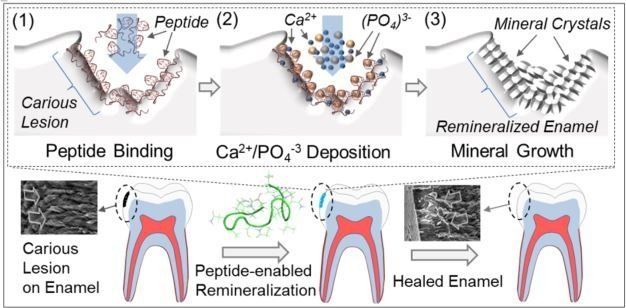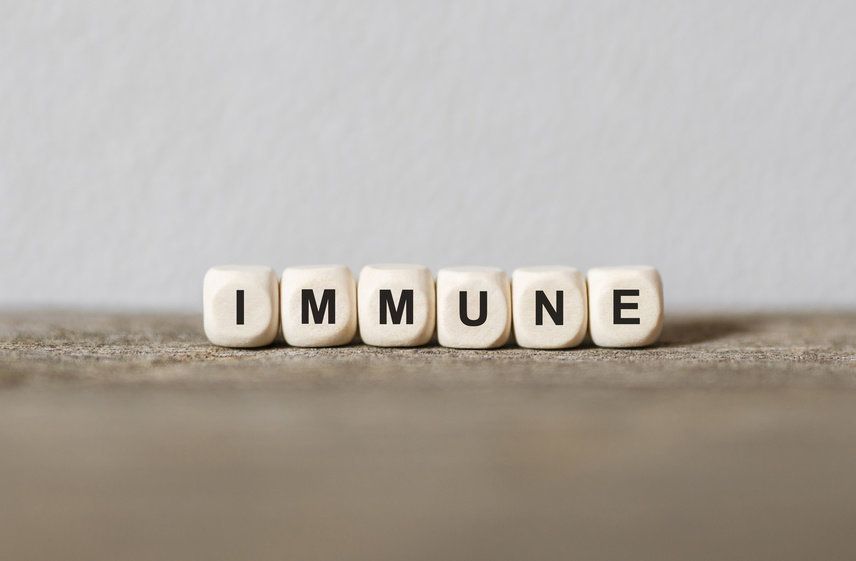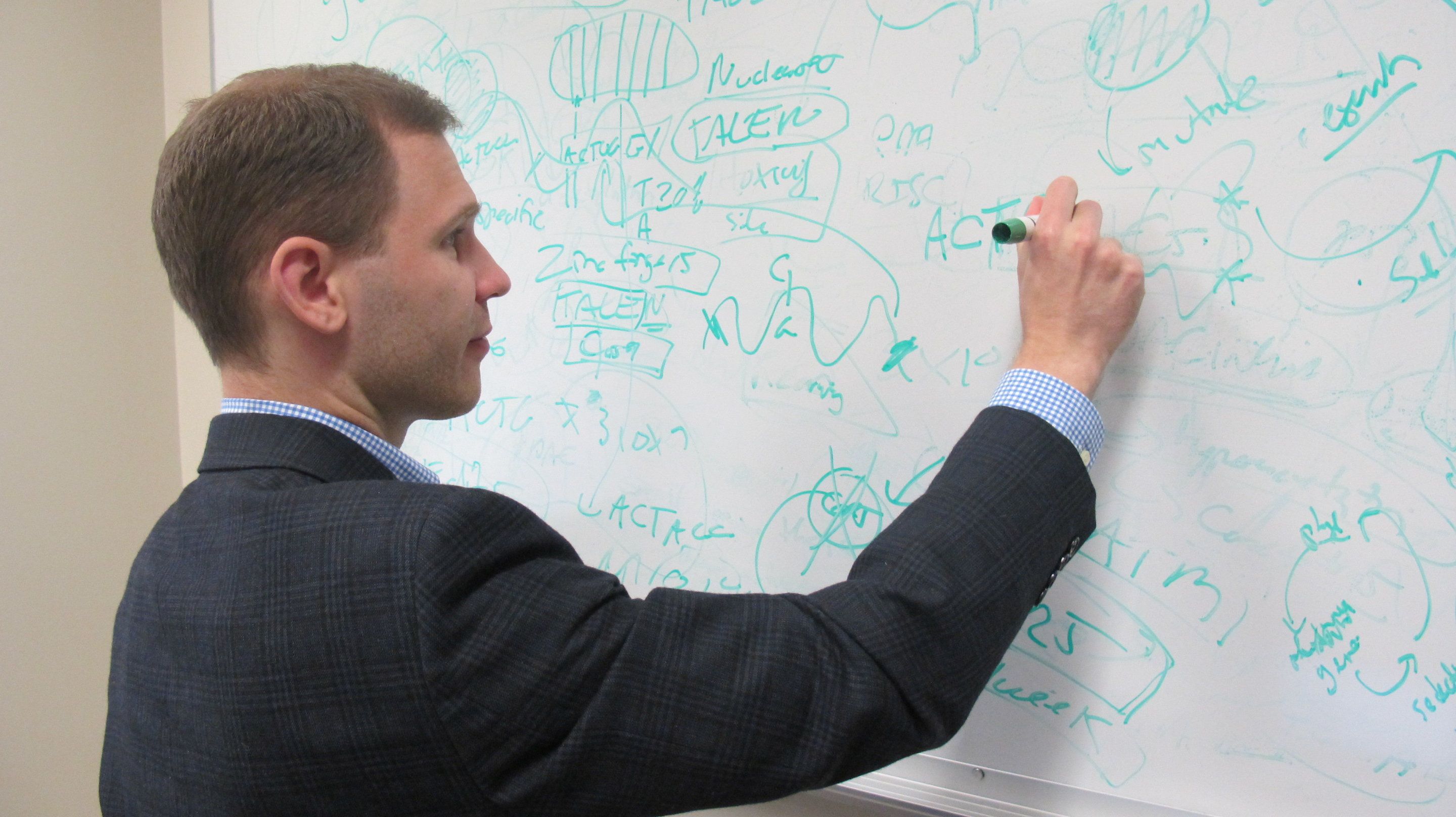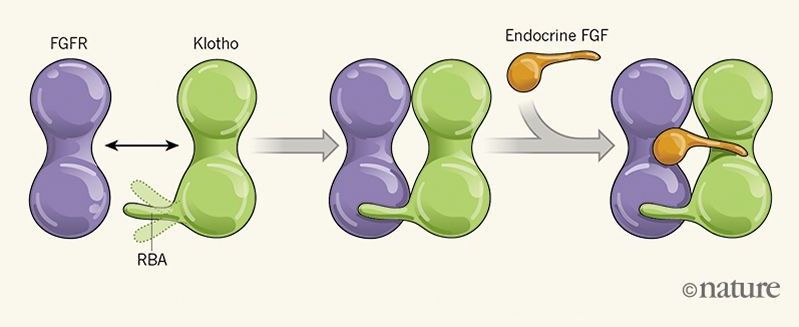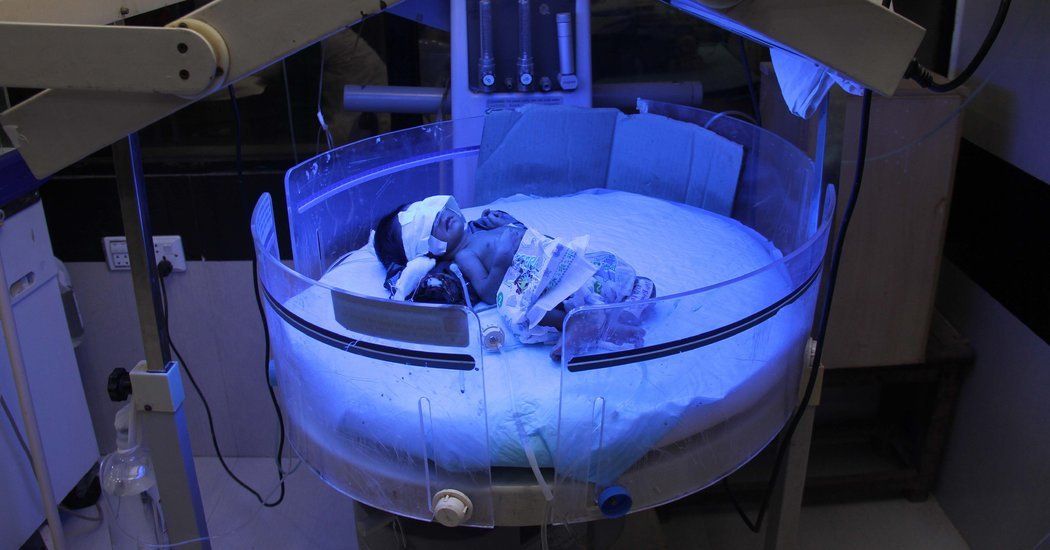In the disease atherosclerosis, cholesterol-containing plaques form in vessel walls, causing arteries to narrow and greatly increasing the risk of heart attack and stroke. Currently, atherosclerosis is the number 1 killer worldwide, just ahead of cancer. Recent use of statin anti-cholesterol drugs has reduced cardiovascular events caused by atherosclerosis by 35%, but millions of individuals remain at risk. Hence, a desirable addition or alternative would be intervention to prevent plaque formation altogether.
A new paper published in Circulation by researchers at La Jolla Institute for Allergy and Immunology supports this possibility. It reports successful vaccination of atherosclerotic mice with a small chunk of protein snipped out of “bad cholesterol.” Vaccination reduced plaque levels in test mice, and other experiments with human blood samples identified the class of T cells likely responsible for positive outcomes. The paper suggests that a comparable strategy could form the basis of a human vaccine.
“We knew atherosclerosis had an inflammatory component but until recently didn’t have a way to counteract that,” says senior author Klaus Ley, M.D., professor and head of LJI’s Division of Inflammation Biology. “We now find that our vaccination actually decreases plaque burden by expanding a class of protective T cells that curb inflammation.”
